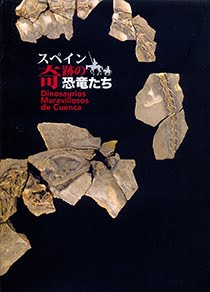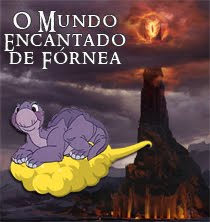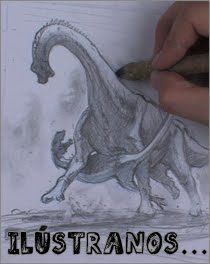El registro de tortugas pleurodiras es muy abundante en niveles del Eoceno de Europa. Este linaje está principalmente representado por miembros de Podocnemididae, atribuibles a dos géneros. El más abundante y diverso es Neochelys. Neochelys correspondía a una tortuga que habitó en ambientes continentales, en medios de agua dulce. La otra forma es Eocenochelus, cuyo registro es muy escaso. Eocenochelus era el único representante del linaje hasta ahora conocido, de manera informal, como “tortugas del grupo de Erymnochelys” que habitó en ambientes litorales, así como el único identificado fuera de África. Dicho grupo de tortugas es conocido desde el Cretácico hasta la actualidad. Un nuevo trabajo, que acaba de ser publicado en la revista Historical Biology, define formalmente ese linaje como el grupo Erymnochelyini. De hecho, uno de estos representantes de Erymnochelyini es detalladamente analizado en esa publicación, mediante la presentación y el estudio del único caparazón completo de Eocenochelus hasta ahora identificado. El ejemplar analizado proviene del yacimiento de Castejón de Sobrarbe-41, en la Cuenca de Ainsa (Huesca, España). Se trata de un yacimiento del Eoceno medio, es decir, de hace unos 45 millones de años. El ambiente sedimentario interpretado para este yacimiento es compatible con la atribución previa de Eocenochelus a una forma litoral.
El nuevo ejemplar analizado es atribuido a la especie de referencia del género, Eocenochelus eremberti. Esta especie era, hasta ahora, conocida exclusivamente por dos caparazones parciales, procedentes de niveles estratigráficamente equivalentes, pero no de yacimientos españoles sino de la Cuenca Franco-Belga: un hallazgo procedente del norte de Francia y el otro de la propia ciudad de Bruselas. Por lo tanto, el conocimiento sobre la distribución paleobiogeográfica de esta especie de tortuga marina litoral es notablemente incrementado gracias al nuevo estudio, siendo identificada desde la región sur del Mar del Norte hasta el Golfo de Vizcaya. El nuevo hallazgo aporta nuevos datos sobre la anatomía del género Eocenochelus en general, y sobre su especie de referencia en particular.
Más información:
- Imágenes: Mapa de Europa suroccidental durante e Eoceno medio, en el que se muestran tanto la posición de los dos hallazgos previamente conocidos de la tortuga Eocenochelus eremberti (1 y 2) como la del ejemplar presentado en el nuevo trabajo (3) / Fotografías y dibujos interpretativos del nuevo ejemplar, en vista dorsal (A) y ventral (B).
- Referencia: A. Pérez-García, E. Díaz-Berenguer, A. Badiola & J.I. Canudo (2019): An unexpected finding: identification of the first complete shell of the Franco-Belgian middle Eocene littoral pleurodiran turtle Eocenochelus eremberti in Spain, Historical Biology, DOI: 10.1080/08912963.2019.1644330










































- Síguenos en Twitter
- "Síguenos en Facebook
- RSS
Contacto